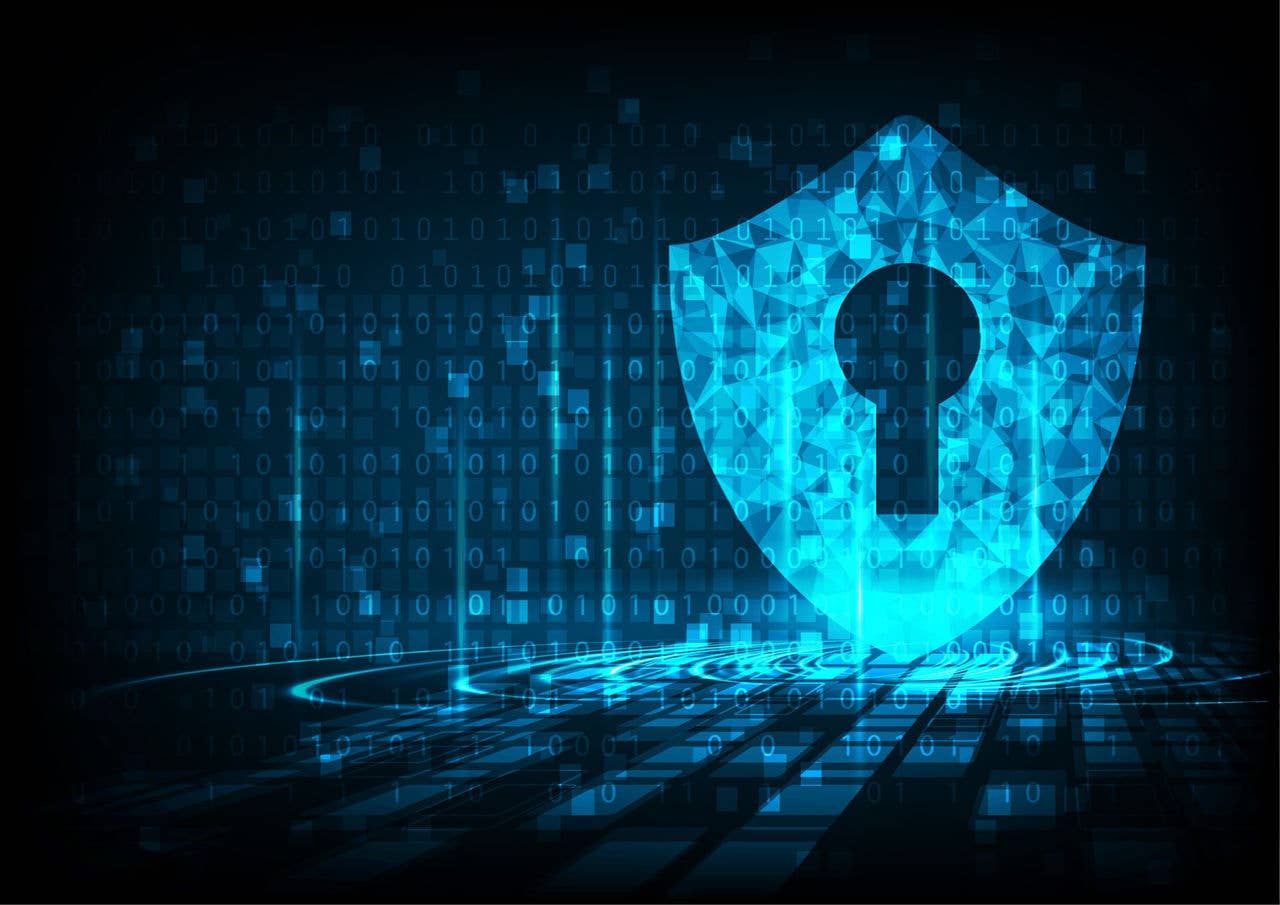Enhancing Cyber Security through Advanced Data Destruction Approaches
Enhancing Cyber Security through Advanced Data Destruction Approaches
Blog Article
The Significance of Effective Information Damage Practices in Shielding Sensitive Info and Ensuring Computer Protection
In an era where data violations are increasingly typical, the value of reliable data damage techniques can not be overemphasized. Implementing durable information damage techniques not only alleviates these threats but also aligns with legal conformity requirements, ensuring that companies promote their online reputation and foster customer depend on.
Recognizing Information Destruction
Recognizing information destruction is critical in today's digital landscape, where delicate details can easily be endangered. Efficient information destruction includes not just deleting data yet guaranteeing that data is irretrievable with comprehensive techniques. This procedure is vital for organizations that take care of private customer information, intellectual residential property, or internal records, as any type of breach can bring about serious economic and reputational repercussions.
Data devastation encompasses numerous strategies, including shredding physical media, degaussing magnetic storage space tools, and employing software-based remedies that overwrite data several times. Each approach serves a certain objective and should straighten with the sensitivity of the info being gotten rid of. Physical damage is usually favored for hard drives containing highly confidential data, while software application techniques may be sufficient for much less delicate information.
Moreover, adhering to industry standards and policies, such as the General Data Security Law (GDPR) or the Wellness Insurance Policy Transportability and Liability Act (HIPAA), is important for compliance and to reduce legal risks. Organizations must create a durable data destruction policy, train employees on finest methods, and on a regular basis examine their treatments to make sure that all sensitive details is taken care of firmly and properly.
Threats of Inadequate Practices
Poor information damage practices expose organizations to significant threats that can have significant repercussions. When sensitive information is not properly dealt with, it remains at risk to unapproved gain access to, which can result in data violations and identity theft. Such incidents not just jeopardize the safety and security of people however likewise tarnish the company's track record, leading to a loss of customer depend on and potential economic consequences.
Furthermore, governing compliance is significantly rigorous in numerous markets. Failing to follow information destruction policies can lead to significant penalties and lawful activities against organizations. These fines can stress funds and divert attention from core service operations.
Furthermore, the abuse of recurring data can bring about copyright burglary or business reconnaissance, jeopardizing affordable benefits (data destruction). The influence of insufficient data damage prolongs beyond prompt monetary losses; it can also lead to lasting damages to brand name honesty and market position

Organizations must acknowledge that information safety is not only concerning protecting against breaches; it likewise includes the accountable monitoring of data throughout its lifecycle. Overlooking effective information devastation procedures can have devastating implications, emphasizing the need for durable procedures to mitigate these threats.
Best Practices for Data Devastation
Executing efficient information devastation techniques is vital for safeguarding sensitive details and maintaining conformity with regulatory standards. Organizations needs to take on a multi-faceted strategy to ensure that information is irretrievable, thereby avoiding unapproved accessibility and prospective breaches.
First, data should be categorized based on sensitivity, enabling companies to use suitable damage approaches tailored to the level of risk. For electronic data, making use of software-based data-wiping tools that adhere to market criteria can successfully overwrite existing data. Physical devastation methods, such as shredding or degaussing, are important for tools that save delicate details, ensuring complete eradication.
Developing a clear information retention plan is crucial, outlining just how long various kinds of info ought to be preserved prior to devastation. Regular audits of data storage systems are also required to determine unneeded or obsolete information requiring elimination.
In addition, training staff members on the value of information damage and the specific procedures to comply with fosters a culture of safety and security great post to read within the company. Keeping documentation of information devastation refines gives responsibility and supports conformity with interior policies and external laws. By sticking to these finest methods, organizations can considerably reduce the threats related to data exposure.
Legal and Conformity Factors To Consider

Failing to adhere to these policies can lead to severe charges, including considerable penalties and reputational damages. Organizations needs to execute a durable data devastation policy that straightens with these legal frameworks and supplies clear standards on the correct approaches of data disposal, whether physical shredding or electronic wiping.
In addition, maintaining paperwork of data damage tasks is necessary for demonstrating conformity throughout audits or examinations. By prioritizing lawful and conformity factors to consider, organizations can boost their data safety and security position and foster depend on with stakeholders and customers, ultimately adding to a more safe and secure information administration atmosphere.
Advantages of Effective Data Damage
Reliable information destruction practices extend past simple conformity; they use substantial advantages to companies that prioritize them. By ensuring that sensitive details is irretrievably damaged, companies mitigate the danger of data violations and the prospective economic effects related to them. This positive approach not just safeguards against unauthorized access yet likewise enhances the overall reliability of the company in the eyes of stakeholders and customers.
Applying durable data destruction methods, such as physical destruction of storage space devices or sophisticated information cleaning methods, contributes to the conditioning of a company's cybersecurity posture. data destruction. It lowers the probability of intellectual residential property burglary and safeguards exclusive info, thereby keeping an affordable side in the marketplace

Verdict
In conclusion, effective information devastation techniques are important for safeguarding sensitive details and enhancing overall computer safety and security. Eventually, a commitment to durable information devastation methods cultivates a society of duty, thus enhancing a company's cybersecurity position and keeping customer trust fund.

Report this page